Last updated: December 29, 2019
Article
Did You Know? Alice Paul Versus Carrie Chapman Catt
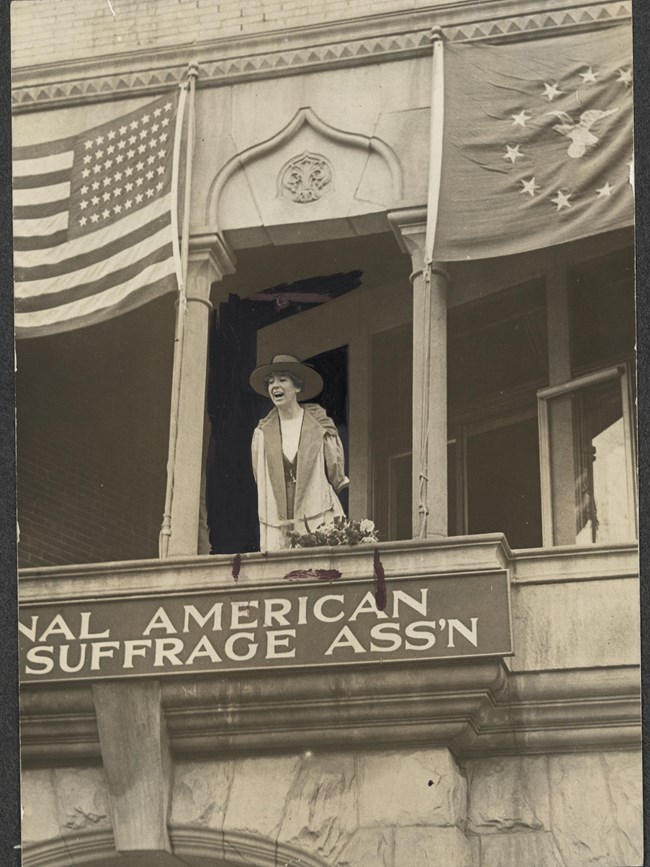
A cropped version of the photograph above, taken on the day of Rankin's swearing in, appeared in the National Woman's Party's publication, The Suffragist, a few days later. It accompanied an article titled "Jeannette Rankin Makes Her First Speech in Washington." If you look closely, you can see that the photo has been altered. Something to the right of Rankin on the balcony has been scratched out.
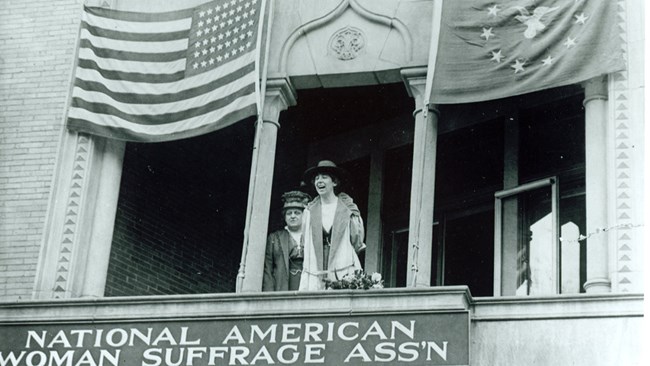
Library of Congress
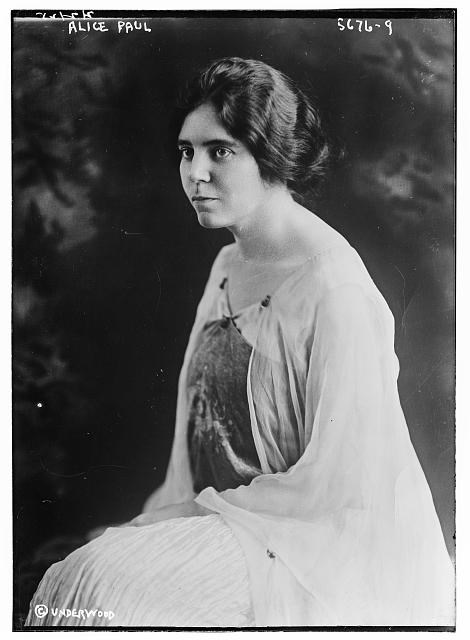
Bain News Service, Library of Congress
The first clash between Alice Paul and Carrie Chapman Catt came in November 1913 during the NAWSA Convention in Washington, D.C. Paul spoke to the convention about her work as the head of the Congressional Committee raising awareness about the need for an amendment to the U.S. Constitution ensuring women’s right to vote across the country. Paul had organized the Woman Suffrage Procession down Pennsylvania Avenue on March 3, 1913, the day before Woodrow Wilson’s inauguration. She spoke proudly about her great triumph gaining publicity for the movement, as well as her successful fundraising efforts. Catt stood up during the speech and criticized Alice. She accused Paul of taking too much credit for a movement she had only recently joined. Catt, who had been working for suffrage for decades, implied that Paul was trying to steal power away from the NAWSA leadership and that she didn’t know her place.
In a letter to Lucy Burns, co-chair of the Congressional Committee, NAWSA President Anna Howard Shaw summed up the objections to what she and Catt saw as the militant tactics of the younger suffragists:
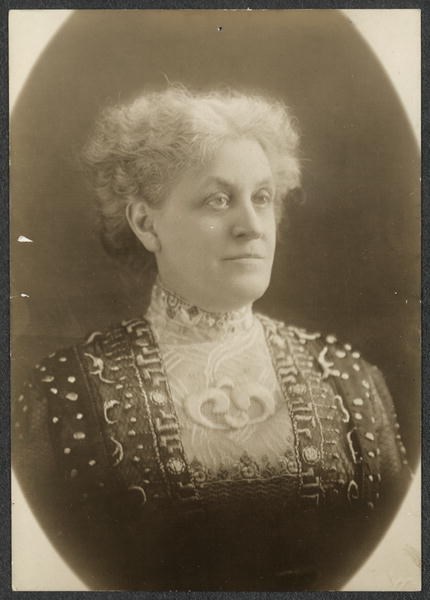
National Woman's Party records, Library of Congress
“You may think we are all a set of old fogies and perhaps we are, but I, for one, thank heaven that I am as much of an old fogy as I am…It requires a good deal more courage to work steadily and steadfastly for 40 or 50 years to gain an end than it does to do an impulsively rash thing and lose it.”
Soon after the public confrontation with Catt, Alice Paul broke away from NAWSA to run her own suffrage association. She founded the Congressional Union for Woman Suffrage which became the National Woman’s Party in 1916. Paul designed the campaigns of the CU/NWP with the intention of gaining publicity and provoking discussion. She was good at raising money and raising eyebrows, but the membership of her organizations was always a small fraction of NAWSA’s membership. The National remained the prominent woman suffrage association across the country.
Catt regularly spoke out in the press against the work of the NWP. She believed that the single-minded focus on the passage of a federal amendment was foolish. NAWSA concentrated on winning the vote on the state level, especially in New York. Without increased support in the states, she believed, the constitutional amendment was doomed to fail. Catt also hated the spectacle of the NWP tactics. Rather than portraying women as respectable, moral citizens worthy of the vote, Catt thought that Alice Paul made suffragists look ridiculous.
For her part, Paul made it a policy never to speak against Catt publicly, but privately she encouraged women to quit NAWSA and support the NWP exclusively. Catt and Paul met periodically with the intention of working out their differences, but to no avail. During one meeting, having failed to resolve their latest disagreement, Catt angrily stood up and stormed out, leaving Paul with a parting shot:
“I will fight you to the last ditch!”
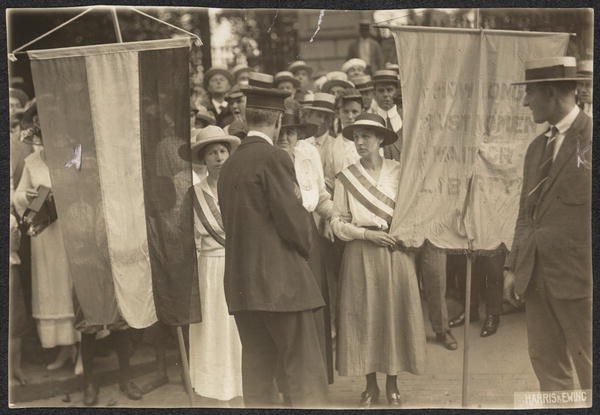
National Woman's Party Records, Library of Congress
As Catt steered NAWSA’s efforts more intently towards the passage of the federal amendment, she became the more visible leader of the suffragists. When the 19th Amendment was ratified in August 1920, Catt was credited in the press with doing the slow, steady, respectable work that won the victory. Politicians who supported woman suffrage, especially those who changed their position over time, were often quick to mention that those troublemakers of the NWP had no effect on their decision.
Carrie Chapman Catt oversaw the transition of NAWSA into a new organization, the League of Women Voters. Alice Paul continued her civic engagement and activism as well. The National Woman's Party introduced and lobbied for the Equal Rights Amendment (which Catt opposed.)
Carrie Catt and her longtime partner Mary Garrett Hay created a memorial in the landscape of their farm, Juniper Ledge, to the women leaders of the suffrage movement. Twelve plaques fastened to trees around the estate honored women like Elizabeth Cady Stanton and Anna Howard Shaw. There was no plaque for Alice Paul.
